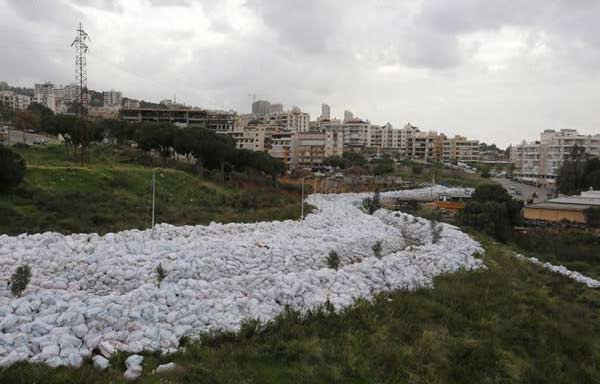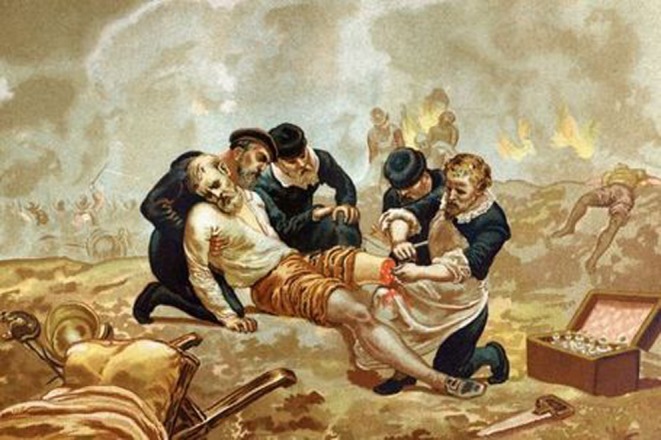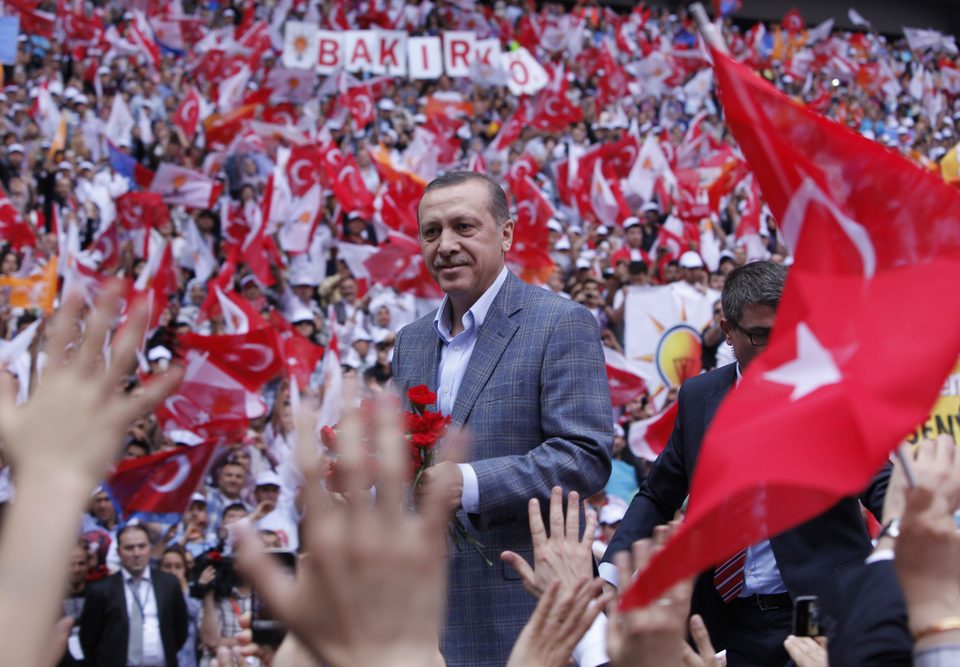


Karachi: Ordered Disorder
12 October 2017
The metropolises of risk
12 October 2017Geographer and urbanist, Eric Verdeil, a university professor and CERI researcher, is an expert on urban policies in the Middle East. Here he offers an analysis of the metabolism of waste management in Lebanon. He reveals both its political challenges and social dimensions, emphasizing the diverse range of actors involved.
“T
he waste management crisis that Lebanon has experienced since the summer of 2015 has received wide media coverage and been the subject of analyses focused on its political significance. Caused by the saturation of Greater Beirut’s main dump and government authorities’ inability to find a sustainable solution, this crisis has given rise to strong civic mobilization. 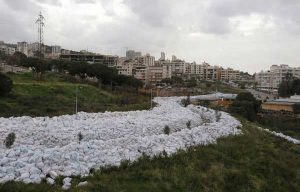 Beyond the technical issue of waste management and processing, demonstrators protested an opaque system wherein the State was incapable of ensuring minimal public service operations and only served to enrich a political elite united by a desire to “get a share of the pie” and hold on to power.
Beyond the technical issue of waste management and processing, demonstrators protested an opaque system wherein the State was incapable of ensuring minimal public service operations and only served to enrich a political elite united by a desire to “get a share of the pie” and hold on to power.
Building on the civil war’s dumps
![La décharge de Borj Hammoud vue du port de pêche avant les récents travaux de démantèlement - Photo Eric Verdeil - CC-ND-NC] La décharge de Borj Hammoud vue du port de pêche avant les récents travaux de démantèlement - Photo Eric Verdeil - CC-ND-NC]](https://www.sciencespo.fr/research/cogito/wp-content/uploads/2017/09/figure7-décharge-Borj-Hammoud-300x225.jpg)
La décharge de Borj Hammoud vue du port de pêche avant les récents travaux de démantèlement – Crédits : Eric Verdeil
This perspective on the issue focuses on its metabolism and emphasizes the close relationship between the country’s waste management and urbanization pattern. First, the volume of waste is growing very rapidly (+42% between 1999 and 2013), especially in the capital and its suburbs. Second, the flows of materials and waste in the city reveal, in the country’s long-lasting conflicts, a recurring link between waste circulation and storage and the creation of new urban spaces. Thus, Beirut’s new city center, which is managed by a private company – Solidere – is built on an embankment resulting from the reprocessing of a large dump created during the civil war. Similarly, the current crisis has found a (still highly contested) resolution with the government’s establishment of a new marine dump southwest of Beirut and the expansion, on its northeast coast, of a great mound of garbage dating back to the war. In this latter case, a new embankment was created to host public utilities like a water treatment plant and a park, and to prepare land for development.
Solutions that satisfy powerful financial interests
This long-term “metabolic” perspective emphasizes that proposed solutions for waste management reproduce old dynamics rather than seize new technological possibilities.
![Le remblai de Dbayeh, toujours à moitié vide vingt ans après son achèvement (2017 - Eric Verdeil - CC-ND-NC)] Le remblai de Dbayeh, toujours à moitié vide vingt ans après son achèvement (2017 - Eric Verdeil - CC-ND-NC)]](https://www.sciencespo.fr/research/cogito/wp-content/uploads/2017/09/figure-6-remblai-dabayeh-300x225.jpg)
Le remblai de Dbayeh, toujours à moitié vide vingt ans après son achèvement (2017 – Eric Verdeil – CC-ND-NC)]
A case in point is the expansion of northeastern Beirut’s dump, which builds on real estate and financial projects and calculations dating back to the 1990s. In the city of Saïda, authorities have just reprocessed a coastal dump that had been open for close to twenty years using an embankment to also enable the construction of various facilities and of a park. The recapture of these coastal areas enables a conversion of uses and a symbolic and economic revalorization, via new leisure practices for example.
Thus, while the growing circulation of waste translates into new material realities, it is also the source of many financial flows – direct ones in the collection and dumping phases, but also ones later during the reprocessing and real estate development phases…
The countervailing emergence of new actors
In this context, some municipalities and activists have called for the decentralization of waste management. They are also advocating for the adoption of waste processing policies focused on sorting and recycling in order to limit the amount that is dumped and to end destructive environmental and political practices.
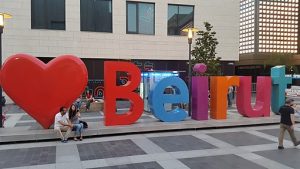
I love Beyrouth by Emna Mizouni. CC BY-SA 4.0
Cities as crucibles of new societies
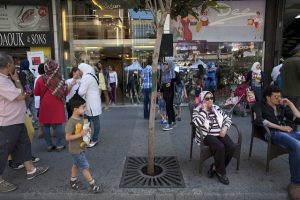
Daily life in Beirut, Lebanon, 2014.© Dominic Chavez/World Bank CC BY-NC-ND 2.0
The material interpretation of flows proposed here confirms this observed inertia.
First, hopes for changes in urban government via the ballot box and more broadly political reform, have run up against the system’s institutional bolts.
Second, the city’s fabric cannot be reduced to political decisions or instruments. Rather, it reflects practices and representations that have powerful temporal and material inertia. These include consumption (and disposal) patterns that are deeply ingrained in habits, a symbolic and concrete geography of valued and unvalued places and long-term calculations on ways of creating and capturing urban advantages.
The example of Beirut ultimately shows that remaking a city requires the reinvention of material cycles and the transformation of society’s everyday operations and actions.”
Eric Verdeil
More about
Des déchets aux remblais: imaginaire aménageur, corruption et dérèglements métaboliques à Beyrouth
Verdeil Éric “Beyrouth”, in Verdeil Éric et Faour Ghaleb et Hamzé Mouin (eds.), Atlas du Liban. Les nouveaux défis, Presses de l’Institut Français du Proche-Orient, 2016
Previous article: Karachi: Ordered Disorder <-> Next article: How waste disrupts power relations in Lagos

